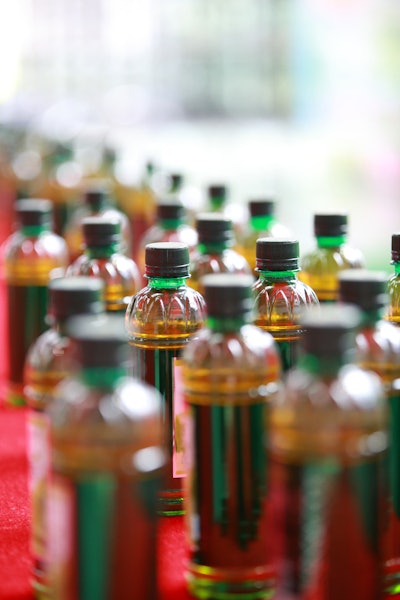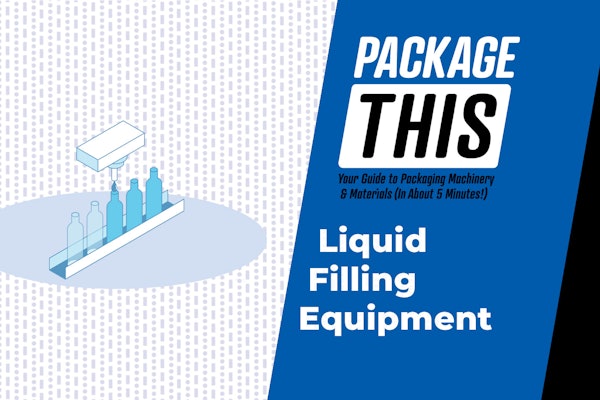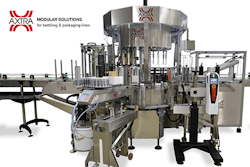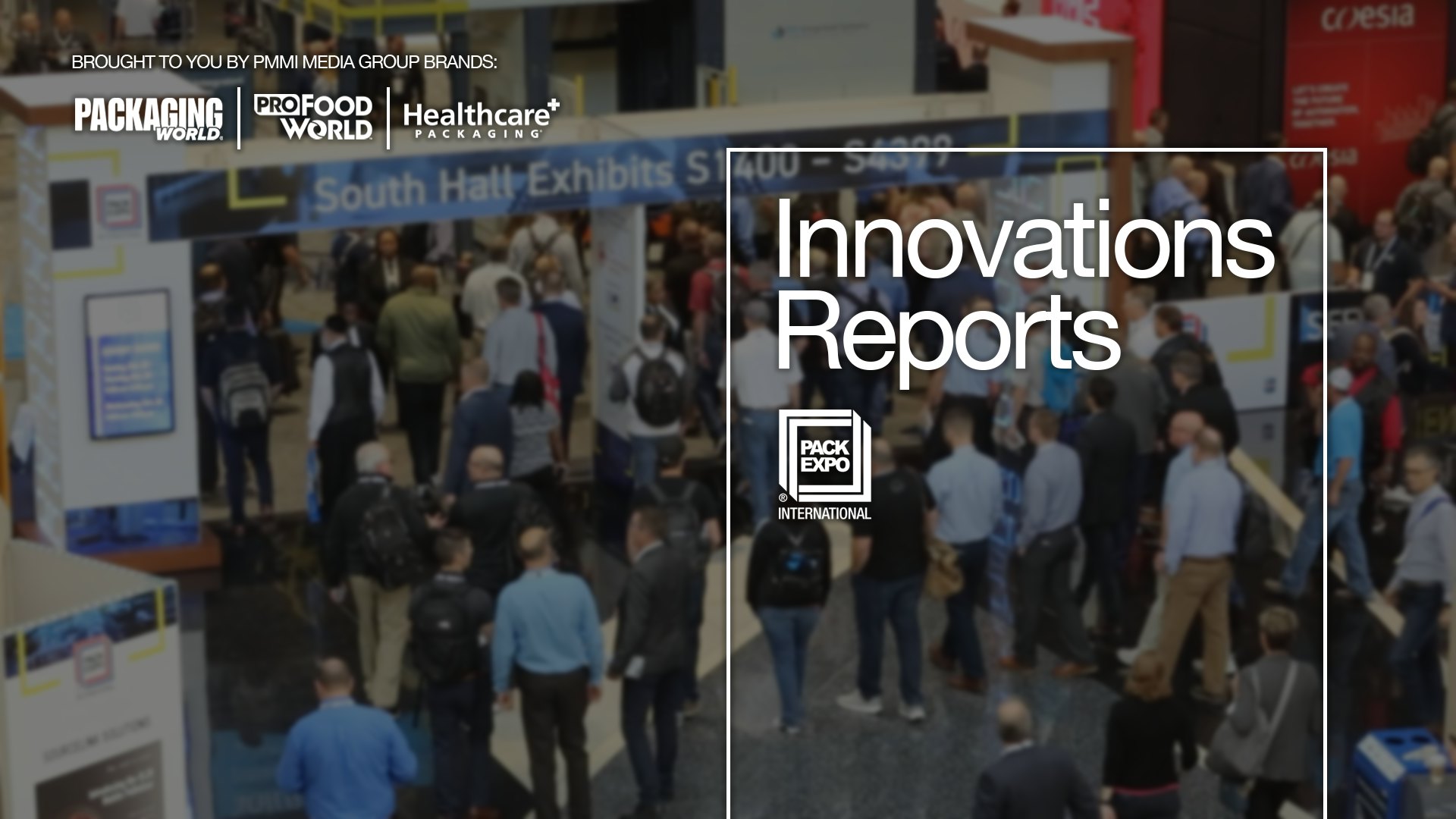Speaking at the ISTA Forum last week, Lucy Pierce, Project Coordinator at the Sustainable Packaging Coalition (SPC), joined with Eric Hiser, VP of Standards & Certification at ISTA, to discuss design and testing for liquids. While designing for the direct-to-consumer supply chain can be challenging for any packaged-products, it’s especially hard for those that contain liquids, and it was for this reason that the Sustainable Packaging Coalition (SPC) brought together a diverse group of industry partners to collaborate on understanding challenges, identifying potential design considerations, and enhancing design validation methods.
“Preventing damage in e-commerce is much more difficult than traditional brick and mortar stores. While all products in the e-commerce setting are more susceptible to damage, liquid consumer packaged goods or CPG products are especially prone to damage and can have significant consequences when damage occurs,” said Pierce. “Leakers can slow down productivity, increase labor, there can be damage to other shipper’s packages, there is potential damage to the equipment at the facilities, disposal costs go up, and it may create an unsafe work environment for employees.”
Pierce added that based on research by UPS, every day there can be up to 10 non-hazard spills or leaks. At a minimum it takes about 30 minutes to clean up, and leaks typically spread damage to 2-9 surrounding packages depending on the size of the spill.
“Liquid products present unique challenges in shipment,” added Pierce. “For e-commerce there are more touch points, more drops/vibrations/compression, etc., there are environmental changes such as pressure, moisture, and temperature, and overall, more risk for damage.
Liquids are especially vulnerable to damage and ‘leakers’ – which can significantly disrupt distribution.”
Some of the most common leaking packages are household cleaning products, detergents, beverages, paints, and wine. In general, these products have a bigger environmental footprint than the package. “So,” said Pierce, “keeping the product adequately protected - not over-packed or under-packed, is the most beneficial.”
This is difficult when most of the measures to mitigate damage includes bagging, taping or zip-ties. Prep does not eliminate damage, only works to mitigate impacts of damage, said Pierce. Bagging or taping attempts to contain liquid spill, and this prep also adds additional costs and packaging material – mostly non-recyclable.
The problem is large and needs to be addressed across the entire supply chain, according to Pierce. The goal of the Shipping Liquids Collaborative is to engage stakeholders directly involved in shipping liquids in the e-commerce channel; discuss and map key issues and learnings on where damages occur in liquids shipping, the testing environment, and sustainable packaging solutions; and, to tackle challenges and provide tangible solutions. As a group the Collaborative has established retailer and carrier guidelines to understand how or why liquids are prepped in a fulfillment center or store, understanding package design of closures, and best practices for liquids.
Members include packaging suppliers such as Amcor, Dow, Henkel and Liquibox (among others), CPGs such as Johnson & Johnson, PepsiCo, Seventh Generation, e-retailers such as Amazon, Target, Walmart and Grove, and carriers such as the USPS.
Pierce said that while different players in the supply chain have unique rolls to play in addressing the challenge, “reducing leaks and damage is the priority. For example, suppliers want to improve their product design to better compete in emerging e-commerce markets, brands don’t want a bad customer experience with their product, retailers want to reduce prep in their warehouses and stores, and carriers want to eliminate leakage and improve safety.”
Some of the most common leaking packages are household cleaning products, detergents, beverages, paints, and wine. In general, these products have a bigger environmental footprint than the package. “So,” said Pierce, “keeping the product adequately protected - not over-packed or under-packed, is the most beneficial.”
This is difficult when most of the measures to mitigate damage includes bagging, taping or zip-ties. Prep does not eliminate damage, only works to mitigate impacts of damage, said Pierce. Bagging or taping attempts to contain liquid spill, and this prep also adds additional costs and packaging material – mostly non-recyclable.
The problem is large and needs to be addressed across the entire supply chain, according to Pierce. The goal of the Shipping Liquids Collaborative is to engage stakeholders directly involved in shipping liquids in the e-commerce channel; discuss and map key issues and learnings on where damages occur in liquids shipping, the testing environment, and sustainable packaging solutions; and, to tackle challenges and provide tangible solutions. As a group the Collaborative has established retailer and carrier guidelines to understand how or why liquids are prepped in a fulfillment center or store, understanding package design of closures, and best practices for liquids.
Members include packaging suppliers such as Amcor, Dow, Henkel and Liquibox (among others), CPGs such as Johnson & Johnson, PepsiCo, Seventh Generation, e-retailers such as Amazon, Target, Walmart and Grove, and carriers such as the USPS.
Pierce said that while different players in the supply chain have unique rolls to play in addressing the challenge, “reducing leaks and damage is the priority. For example, suppliers want to improve their product design to better compete in emerging e-commerce markets, brands don’t want a bad customer experience with their product, retailers want to reduce prep in their warehouses and stores, and carriers want to eliminate leakage and improve safety.”



























